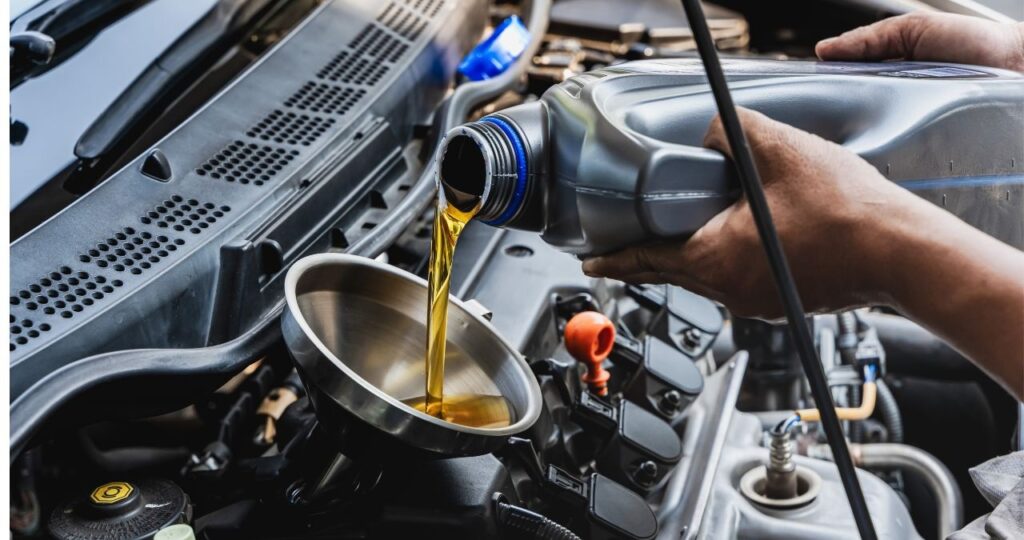Crucial parts of a car’s braking system, brake rotors provide the surface that brake pads grip against to slow down or stop the car. Brake rotor warping, on the other hand, may cause a number of performance problems over time, including as vibrations, decreased braking effectiveness, and even possible safety risks. Every car owner must be aware of the reasons for brake rotor warping and the techniques used by experts to repair or replace them.
Brake Rotor Warping Causes
The main causes of brake rotor warping are high heat and stress during braking. The rotors absorb the heat produced by friction when the brake pads are engaged. Warping and uneven wear may result if the brakes are regularly overheated as a result of aggressive driving, excessive loads, or inadequate cooling. The issue may also be made worse by incorrect installation or the use of a rotor that is not appropriate for the car. Environmental elements that cause pitting or deformation of the rotor’s surface, such as moisture or salt from the road, may also make them more prone to warping. So you need the European Auto Repair in Liberty, MO based service for such works.
Indications of Deformed Rotors
Early detection of warped rotors may shield your car from more serious damage and guarantee that it is safe to drive. A steering wheel that rattles while braking, an odd noise coming from the brakes, or a pulsing feeling in the brake pedal when pressed are common symptoms. Additionally, the car could need to stop farther, which would suggest less effective brakes. In order to assess rotor conditions and overall brake health, drivers should get their brakes tested as soon as they observe any of these signs.
Expert Examination and Diagnosis
It is best to have a qualified technician do a comprehensive examination of the braking system when warpage is suspected. This involves checking the rotors for thickness variations, measuring run-out (the degree to which the rotor spins out of a straight line), and assessing the overall condition of the brake pads and calipers. To guarantee accurate measurements, technicians use specialized equipment. In this assessment, it is essential to comprehend the degree of warping and if the rotors can be resurfaced or need to be replaced.
Fixing or Swapping Out Warped Rotors
Professionals may decide to replace or resurface the rotors, depending on the extent of warping. Resurfacing involves grinding down the rotor surface to create a smooth finish, which can restore its ability to function properly. But only if the remaining thickness satisfies safety requirements can this be accomplished. To guarantee the best braking performance, the rotors must be replaced if they are severely worn out or damaged. During replacement, it’s also important to install high-quality rotors and pads that match the vehicle’s specifications to prevent future issues.
Preventive Actions
In addition to professional services, vehicle owners can implement some preventive measures to reduce the risk of brake rotor warping. Regular brake inspections, avoiding aggressive driving habits, and allowing brakes to cool down after extensive use are all effective strategies. Additionally, using rotors that are designed for specific driving conditions—such as performance rotors for racing or heavy-duty rotors for towing—can enhance durability. By taking these proactive steps, drivers can help ensure their braking systems remain in optimal condition.

